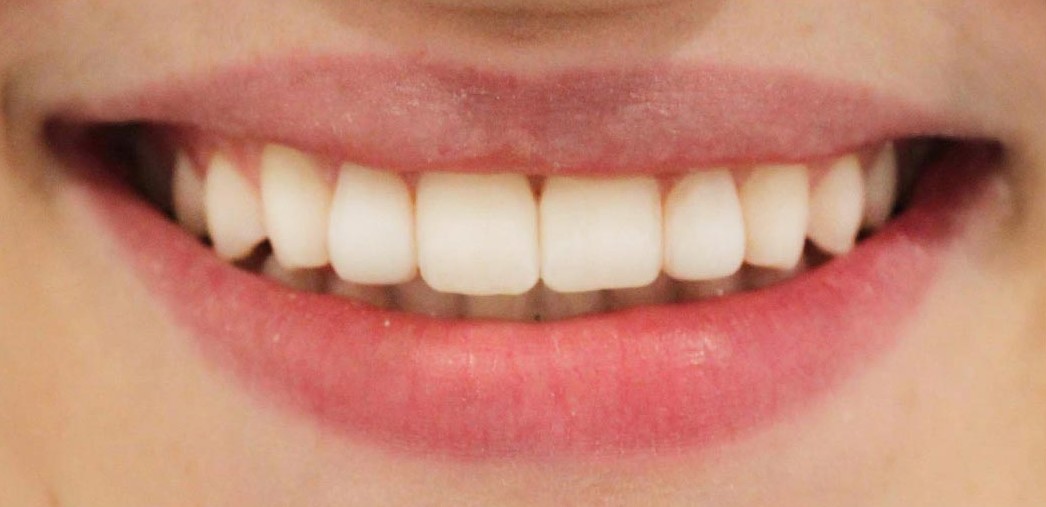Schedule an Appointment



Missing teeth can affect more than just your appearance—they can impact your ability to eat, speak, and maintain oral health. Dental implants offer a permanent, reliable, and natural-looking solution for tooth replacement. At [Your Clinic Name], we specialize in providing high-quality dental implant treatments tailored to your needs. At [Your Clinic Name], we specialize in providing high-quality dental implant treatments tailored to your needs.
Dental implants are artificial tooth roots made of biocompatible materials like titanium or zirconia. These implants are surgically placed into the jawbone, where they fuse (osseointegrate) to provide a stable foundation for replacement teeth such as crowns, bridges, or dentures.

Dental implants are suitable for most individuals who:





Restore your smile and confidence with expert dental implants at [Your Clinic Name]. Book your consultation today and take the first step toward a healthier, beautiful smile!
Natural Look and Feel
Dental implants mimic the appearance and function of natural teeth, providing a seamless smile.
Long-Lasting Solution
With proper care, implants can last a lifetime, making them a durable investment.
Improved Oral Health
Unlike bridges, implants don’t require altering neighboring teeth, preserving natural tooth structure.
Enhanced Comfort and Confidence
Implants eliminate discomfort and improve confidence by providing a secure, stable fit.
Leaders in dental care and innovation.

Founder & Director, Dr. Gowd’s Dental Hospital

Chairman & CEO, Dr. Gowd’s Dental Hospital

Founder Member & Director, School of Dental Implants
Leaders in dental care and innovation.

December 21, 2023

December 20, 2023

December 19, 2023
Most common question that raised in patients
Dr. Gowd’s Dental Hospital is renowned for its state-of-the-art dental treatments and advanced technology. The hospital offers a wide range of services, including cosmetic dentistry, implants, root canal treatments, and orthodontics. It is famous for treating high-profile celebrity patients, which has further boosted its reputation for providing top-quality dental care.
Dr. Gowd’s Dental Hospital has treated several well-known celebrities, including Bollywood stars, cricketers, and local film industry figures. The hospital is trusted by many public figures for its expert dental care and confidentiality, ensuring a high standard of service for all patients, including celebrities.
The hospital provides a comprehensive range of dental services, including:
Yes, Dr. Gowd’s Dental Hospital is equipped with the latest dental technologies, such as digital X-rays, laser dentistry, 3D imaging, and CAD/CAM systems for advanced restorative procedures. These technologies ensure precise diagnoses and treatments with minimal discomfort for patients.
While the hospital offers personalized care to all patients, Dr. Gowd’s Dental Hospital maintains strict confidentiality and privacy, especially for celebrity patients. The treatment process remains the same, but the hospital ensures additional measures for discretion and comfort for high-profile clients.
Appointments at Dr. Gowd’s Dental Hospital can be booked through their website, by calling the hospital directly, or by visiting in person. The hospital also offers consultation services to discuss your dental needs before booking any treatments. You can choose an appointment time that suits your schedule, and the staff will assist you throughout the process.
